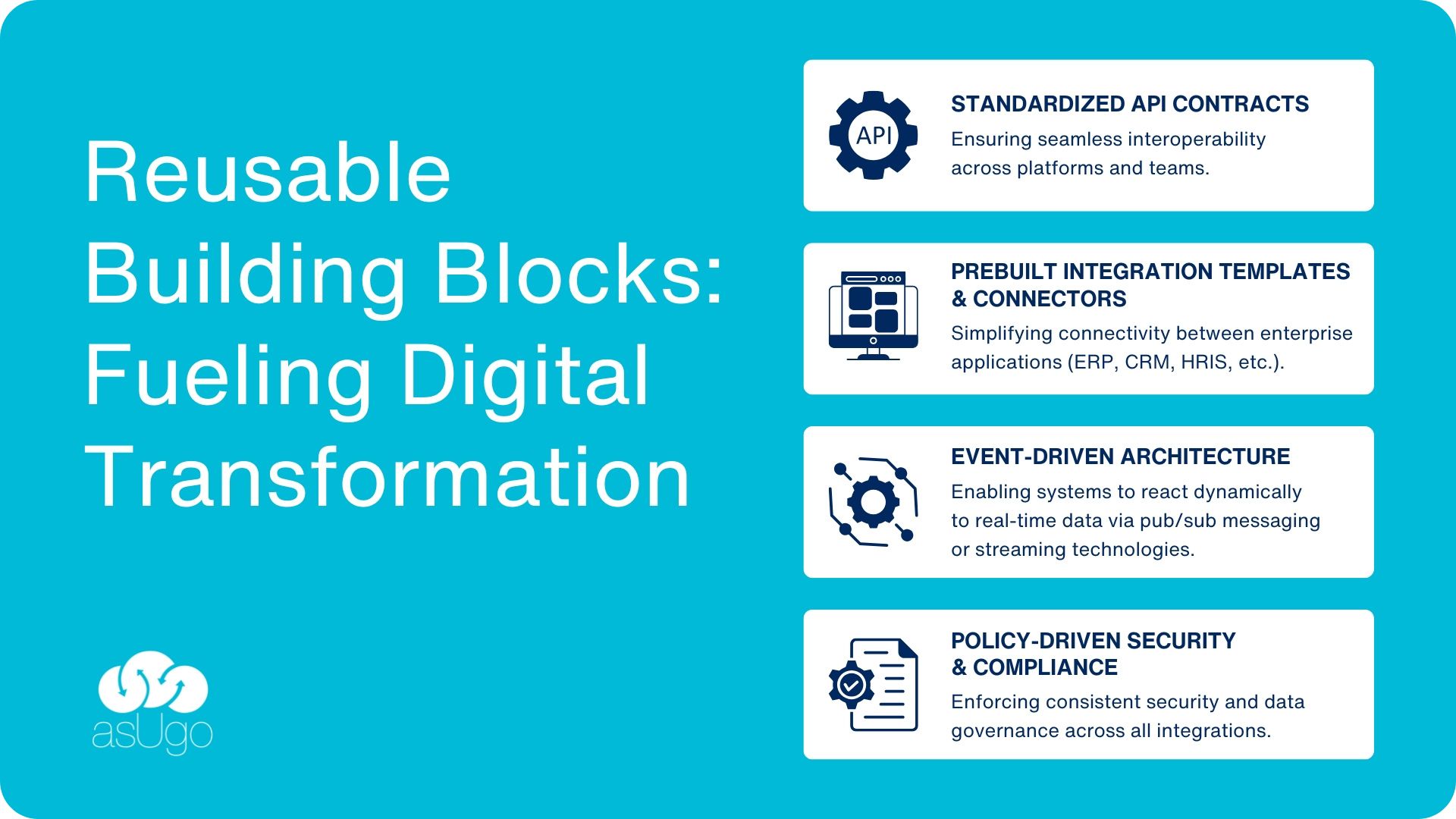
Introduction
The future of business technology is not built on rigid, one-size-fits-all systems but on flexible, adaptive solutions. Composable architecture is revolutionizing how companies approach digital transformation by providing a framework for rapid, scalable change. With reusable building blocks that integrate seamlessly, businesses can quickly implement new features, improve efficiency, and stay ahead in an increasingly competitive market.
Composable Architecture: The Key to Scalable and Agile Integration
Composable architecture isn’t a new concept, but its strategic importance has never been greater. Businesses need modular, API-driven components that can be quickly assembled, reconfigured, and scaled—without the constraints of traditional integration approaches. Research suggests that companies adopting composable strategies could achieve an 80% faster rate of new feature implementation compared to their competitors.
This approach relies on:
- Packaged Business Capabilities (PBCs) – Self-contained business functions (e.g., customer management, payments, order processing) exposed as APIs or microservices.
- Event-Driven & API-First Connectivity – Decoupling services using real-time messaging and API interactions to ensure seamless interoperability.
- Federated Governance & Observability – Empowering teams to build and manage integrations autonomously while maintaining enterprise-wide visibility and compliance.
Reusable Building Blocks: Accelerating Digital Transformation
At the core of composable architecture is reusability. Rather than reinventing the wheel for every integration, organizations can leverage prebuilt components that accelerate digital transformation:

Companies that have embraced a composable approach report 40% faster integration times, enabling them to implement new features without disrupting existing workflows.
Composable Integration in Action
We have helped businesses successfully implement composable integration strategies that:
- Accelerate Time-to-Market – New integrations are developed 3-5x faster using reusable assets.
- Improve Maintainability – Modular components simplify upgrades and reduce complexity.
- Enhance Business Resilience – Decoupled systems prevent failures in one area from impacting the entire ecosystem.
- Reduce Costs – Reusing existing components lowers development efforts and long-term maintenance costs.
Is Your Integration Strategy Future-Proof?
Composable architecture and reusable building blocks are no longer optional—they are the backbone for building scalable and agile businesses.
Let’s discuss how asUgo can help you design an integration strategy that maximizes reusability, flexibility, and long-term success.
Author: William Zheng, Manager, asUgo



